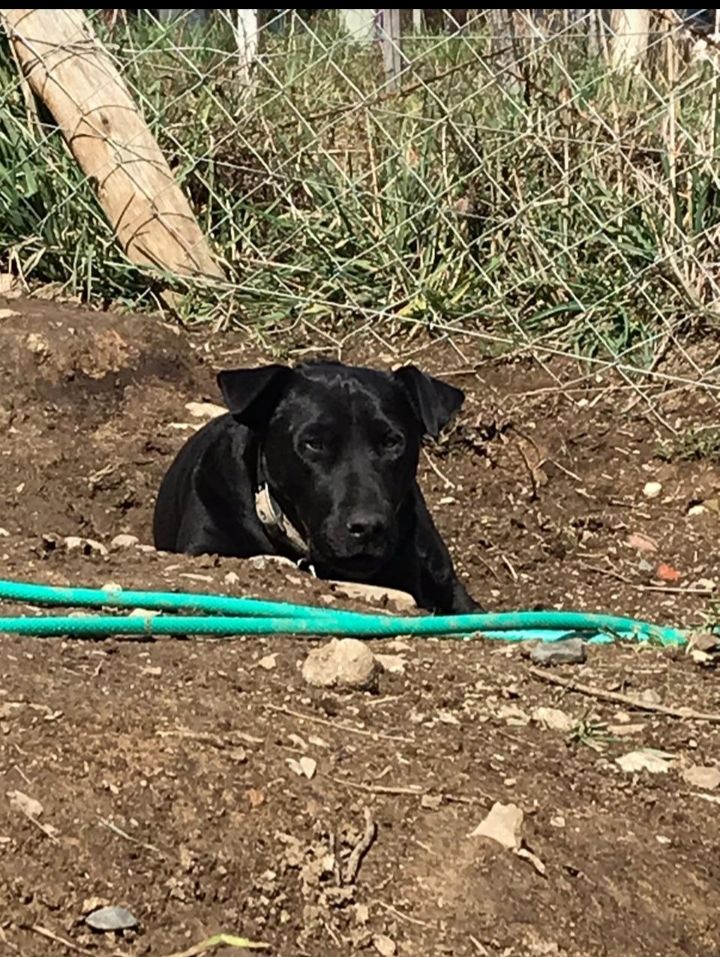
They are man's faithful friends. The wolf is the most distant ancestor and since then they have become famous as their masters, both in fiction and in reality. They recognise their owners from a distance, know their moods and accompany them with an almost human affection. They are jealous, sentimental and simulative.
According to Elizabeth Marshall Thomas, author of a revealing study on canine life, the dog is able to perceive human moods, even those of the most intimate nature, and to identify with them.
Of all animals, it is the one that best identifies with its best friend, man. The dog has shared joys and sorrows with the human species for millennia and over the centuries has developed an amazing ability to make himself understood by his master.

Son los fieles amigos del hombre. El lobo es el ancestro más lejano y a partir de entonces se hicieron famoso como sus amos, tanto en la ficción como en la realidad. Reconocen a sus dueños a la distancia, saben de sus estados de ánimo y los acompañan con un afecto casi humano. Son celosos, sentimales y simuladores.
Según Elizabeth Marshall Thomas, autora de un revelador estudio sobre la vida canina, el perro es capaz de percibir los estados de ánimo humanos, aún los de carácter más íntimo y de identificarse con ellos.
De todos los animales es el que mejor se identifica con su mejor amigo, el hombre. El perro comparte alegrías y pesares con la especie humana desde hace milenios y a lo largo de los siglos fue incorporando una asombrosa capacidad para hacerse entender por su amo.
The origins of the domestic dog. / Los orígenes del perro doméstico.
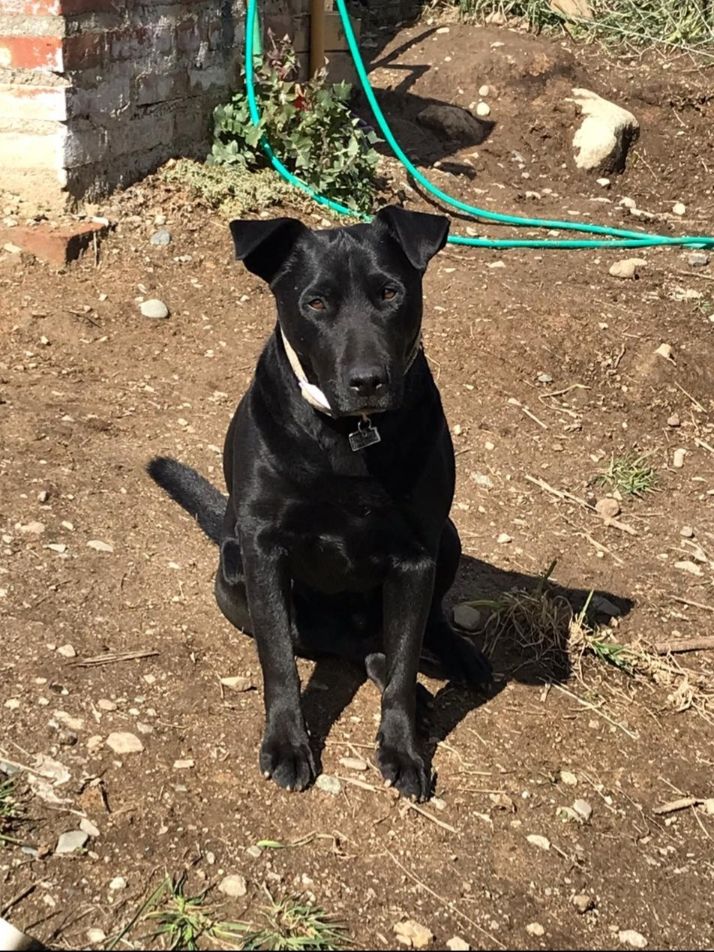
The family tree of the dog (Canis familiaris) places the oldest ancestors of the canid family 40 million years ago, in the Eocene period. They were climbing carnivores of the genus Miacis, similar in appearance to weasels,
They preceded Cynodictis (the first dog-like creature), whose present-day descendants are the wild dogs of the Cape and India. The genus Miacis is also the ancestor of the Miocene Tomarctus, from which arose foxes, jackals and the wolf (Canis lupus), which originated 300,000 years ago and is the direct ancestor of the dog. The branch of today's domestic dog is about 12,000 years old.

El árbol genealógico del perro (Canis familiaris) ubica a los más antiguos antepasados de la familia de los cánidos hace 40 millones de años, en el período Eoceno. Aquellos eran carnívoros trepadores del género Miacis, con apariencia semejante a la de las comadrejas,
Precedieron al Cynodictis (la primera criatura con apariencia de perro), cuyos descendientes actuales son los perros salvajes de El Cabo y de la India. Ekl género Miacis es antecesor también del Tomarctus, del período Mioceno, a partir del cual surgieorn los zorros, los chacales y el lobo (Canis lupus), cuyo origen data de hace 300 mil años y es antecesor directo del perro. La rama del perro doméstico actual tiene unos 12 mil años.
More than 100 breeds. / Más de 100 razas.

In their evolution, the current canids combined the characteristics of the ancestral carnivores with the speed of the runners that hunted their prey in the great savannahs.
Belonging to a single species (Canis familiaris), dogs are divided into more than 100 breeds, the result of the tenacity of breeders and their eagerness to obtain different qualities. These can be aesthetic - size, coat, slenderness - or practical - strength, aggressiveness, obedience, intelligence - although in most cases the selection of traits tried to unite qualities of both types in the same breed.

En su evolución, los actuales cánidos conjugaron la característica de los carnívoros ancestrales con la velocidad de los corredores que cazaban sus presas en las grandes sabanas.
Pertenecientes a una única especie (Canis familiaris) los perros se diferencian en más de 100 razas, fruto de la tenacidad de los criadores y de su afá por obtener cualidades diversas. Que pueden ser estéticas -talla, pelaje, esbeltez- o prácticas -fuerza, agresividad, obediencia, inteligencia-, aunque en la mayoría de los casos la selección de rasgos trató de unir cualidades de ambos tipos en una misma raza.
The oldest lineage. / La estirpe más antigua.
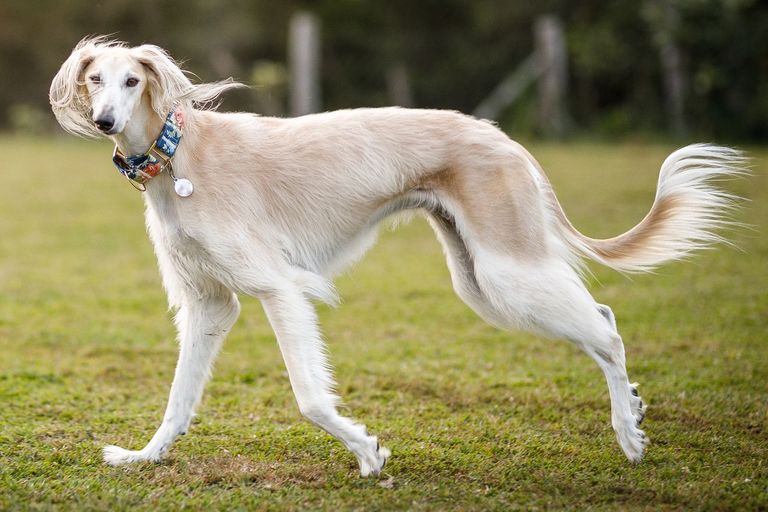
The oldest known breed is the Saluki, a very elegant sighthound created in ancient times at the court of the kings of Persia. Among European dogs, one of the earliest is the doge, also known as the Great Dane or Alano, which appeared around the 5th century. The Mastiff, Dalmatian, Maltese and Afghan Hound are also very old.
The Doberman, on the other hand, was created in 1860, 10 years after the Boxer and 22 years before the German Shepherd or police dog.
But bulldogs, greyhounds, chihuahas and dachshunds, poodles and setters are all of the same species and share such remarkable intellectual and sensitive similarities with man that, according to popular wisdom, ‘all they need to do is talk’.

La más antigua estirpe de la que se tienen noticias es el saluki, un elegantísimo lebrel creado en la antiguedad en la corte de los reyes de Persia. Entre los perros europeos uno de los primeros es el dogo también conocido como gran danés o alano, que apareció hacia el siglo V. También soin muy antiguos el mastó, el dálmata, el maltés y el lebrel afgano.
En cambio el doberman fue creado en1860, 10 años depués que el boxer y 22 años antes que el ovejero alemán o perro de policía.
Pero tanto bulldogs, como galgos, chihuahas como dachshunds, caniches como setters, todos son de la misma especie y comparten con el hombre tan notables similitudes intelectivas y sensibles, que según dice la sabiduría popular "sólo les falta hablar".
The theory of Konrad Lorenz. / La teoría de Konrad Lorenz.
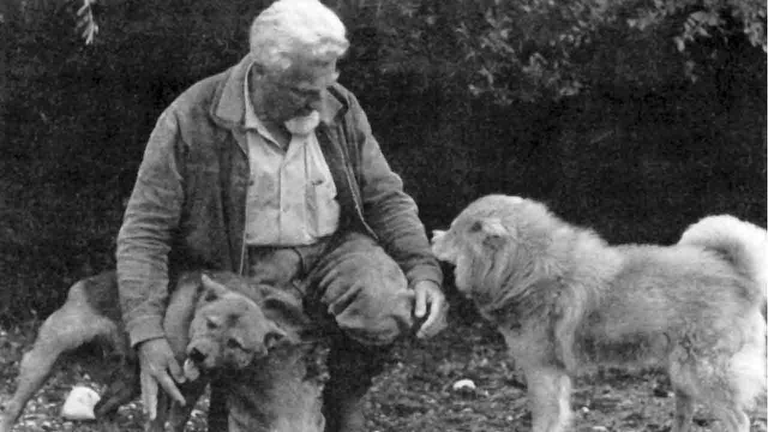
The ethologist Konrad Lorenz, a famous scholar of animal behaviour, believed that dogs were direct descendants of jackals. This assumption was later corrected when genealogical studies proved that the true ancestor was the wolf.
What is unique about the domestication of an originally wild animal (compared to that of cows, sheep, horses and goats) is that an exceptionally strong bond was established with the dog, the basis of which is loyalty to the master. But Lorenz derives this loyalty from the ancestral respect of the wild beast for the hierarchy of the herd.

El etólogo Konrad Lorenz, célebre estudioso de la conducta animal, creía que los perros eran descendientes directos de los chacales. Presunción corregida posteriormente, cuando los estudios genealógicos demostaron que el verdadero ancestro fue el lobo.
Lo singular de la domesticación de un animal originariamente salvaje (si se la compara con la de vacas, ovejas, caballos y cabras), es que con el perro se estableció un vínculo excepcionalmente sólido, cuya base de sustentación es la fidelidad hacia el amo. Pero Lorenz esta fidelidad deriva del ancestral respeto de la bestia salvaje hacia la jerarquía de la manada.
| Camera. | Nikon Coolpix P950. |
|---|---|
| Effective pixels | 16.0 million (Image processing may reduce the number of effective pixels.) |
| f/-number | f/2.8-6.5 |
| Focal length | 4.3-357 mm (angle of view equivalent to that of 24-2000 mm lens in 35mm [135] format) |
| Image sensor | 1/2.3-in. type CMOS; approx. 16.79 million total pixels |
| ISO sensitivity (Standard output sensitivity): | ISO 100-1600 |
| Lens | NIKKOR lens with 83x optical zoom |
| Monitor | 8.1 cm (3.2") |
| Still images | 6 M [2816x2112] |
| Location | Rio Negro (Argentina) |
| Category | Animals / Pets |
| Date | December 2021 |
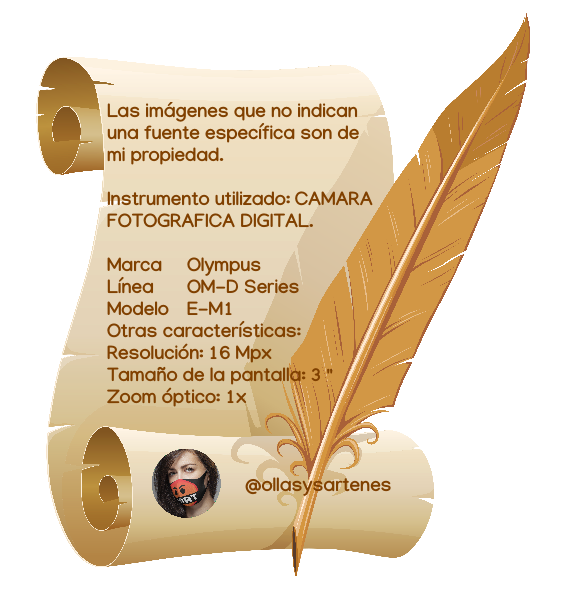
Telegram and Whatsapp
Thanks!